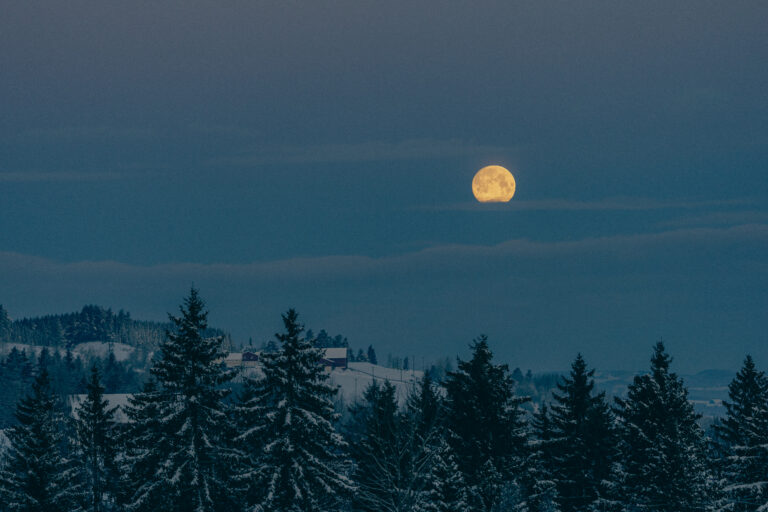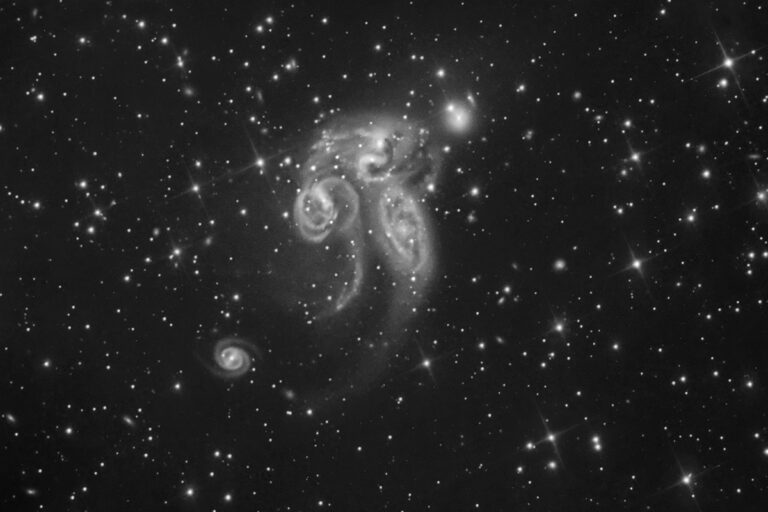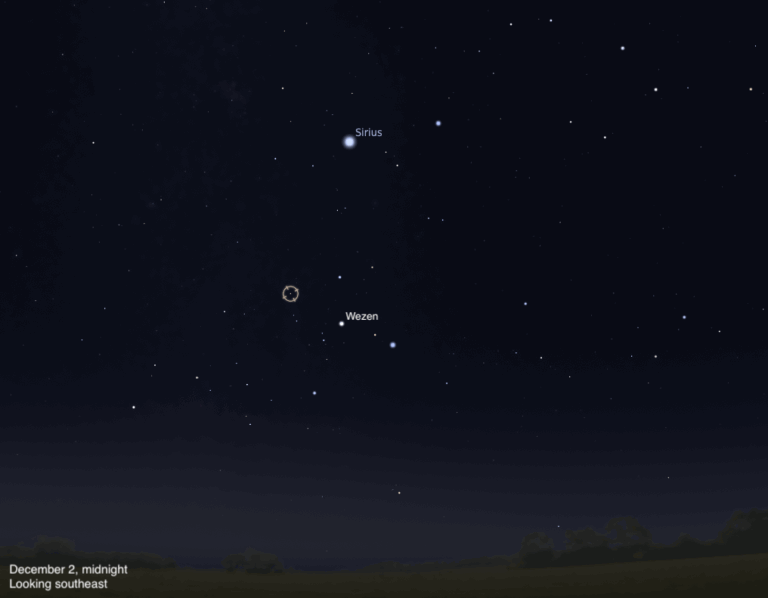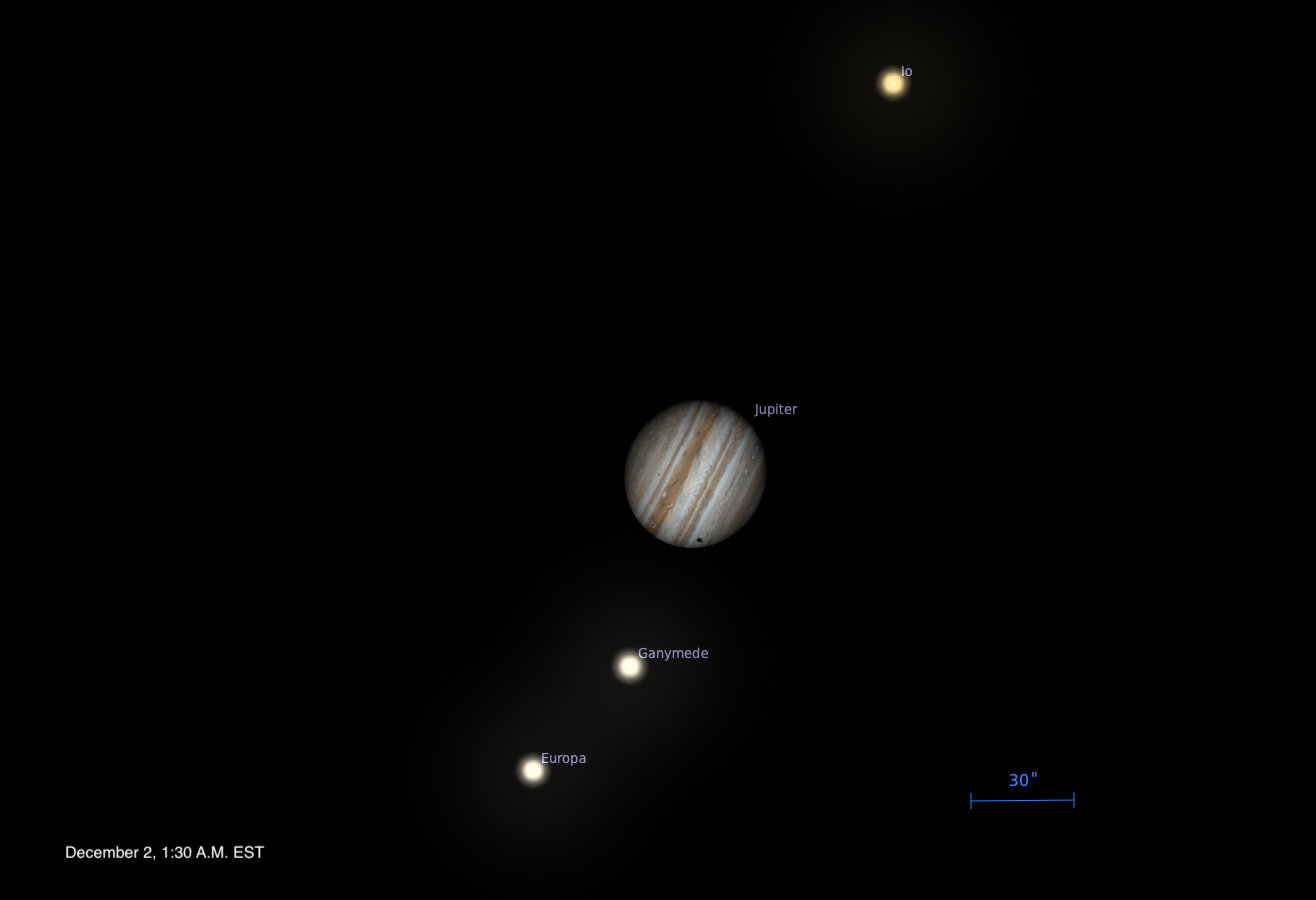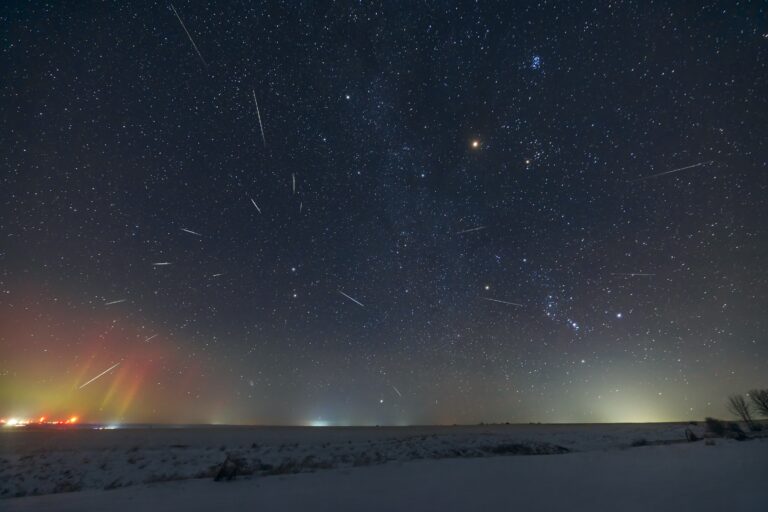Key Takeaways:
But that doesn’t mean they are uninteresting or unimportant. During transits of Phobos, sunlight intensity on Mars would drop by up to a quarter, while the spectacle itself would resemble a partial or annular eclipse. Transits of Deimos would be reminiscent of the rare transits of Venus as seen from Earth, such as the one that occurred this past June. These are fleeting events that last only a few tens of seconds, but you typically would expect to see several during a period of two weeks. The exact number would depend on your latitude and the martian season.
In fact, the British-built Beagle 2 lander that disappeared late last year would have observed several Phobos transits to help it figure out exactly where it came down on the martian surface. The shadow of Phobos “scans” the Martian disk, gradually moving farther south at the end of northern hemisphere winter. It passed through the likely latitude of Beagle 2 in early February 2004 and crossed the martian equator at the spring equinox in March.
Spirit and Opportunity, whose locations on Mars are already well known, are in the process of observing several of these transits using their panoramic cameras to refine our knowledge of the moons’ orbits. This marks the first time a transit of the Sun by a moon has been imaged from the surface of another planet.
Both Phobos and Deimos can be eclipsed by the shadow of Mars, a situation analogous to lunar eclipses we see from Earth. Because Phobos revolves around Mars much faster than Mars rotates, it appears to rise in the west, race across the sky for about 4 hours, and then set in the east. Phobos would disappear in seconds as it entered the shadow cast by Mars, and it would remain in eclipse for about an hour. Deimos, on the other hand, takes about two-and-a-half martian days to move across the sky and could remain eclipsed for up to 2 hours. At times near the martian equinoxes, both moons experience eclipses on every night they are visible and on every revolution they make.
Moreover, Phobos can eclipse Deimos, although technically such an event would be called an occultation. Phobos eclipses of Deimos can be seen only from a narrow band of latitudes near the martian equator. — APOSTOLOS CHRISTOU, ARMAGH OBSERVATORY

